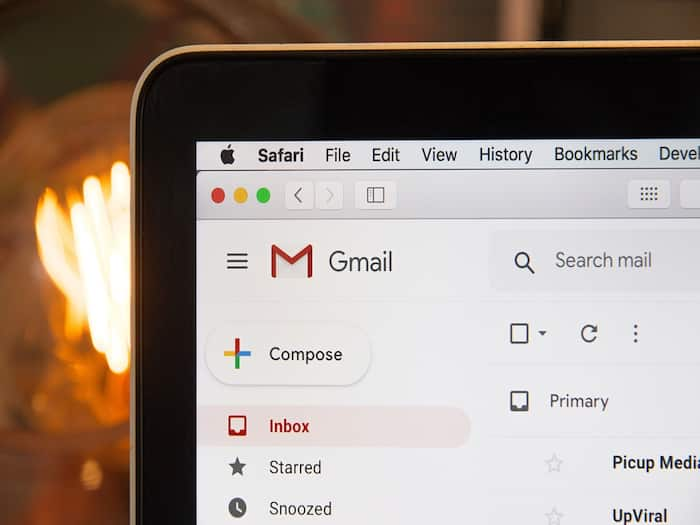
Written By Deepti Ratnam
Edited By: Deepti Ratnam | Published By: Deepti Ratnam | Published: Oct 14, 2024, 12:47 PM (IST)

A new AI-driven phishing attack is putting billions of Gmail users at serious risk. Hackers have adopted machine learning to generate emails that closely mimic genuine communications. These AI-generated emails are often indistinguishable from legitimate ones, making it hard for even the most careful users to spot the difference. Also Read: Google’s New AI Travel Tools Can Now Create Itineraries, Spot Flight Deals, And Even Make Booking: Here's How
These emails appear highly authentic by using personal details like names, addresses, or past communication patterns. The primary goal of the attackers is to trick users into clicking malicious links or giving away sensitive information, such as login credentials or payment details. Also Read: Jio Now Offering Free Google AI Pro Subscription For All Users: Here’s How To Claim
Even the savviest users can find themselves vulnerable to these new tactics, as traditional red flags like poor grammar or suspicious email addresses may no longer apply. As AI makes these attacks more sophisticated, it’s essential to adopt additional layers of protection. Also Read: 7 Things You Didn’t Know You Could Google Search
The AI phishing attack includes phone calls from Google Assistant where you’ll hear the reason for the call and that the call is from Google. Additionally, the call will be either from an automated system or sometimes a manual operator. The number seems to be legit at first and you will also receive a email that seems to be legit.
Scrutinize requests for personal information: Emails asking for sensitive details like passwords, Social Security numbers, or credit card information should always raise suspicion.
Double-check the sender’s email address: Make sure the email address is legitimate. Even slight alterations in the sender’s name can indicate a spoofed email.
Hover over links before clicking: Always check the URL of links before clicking on them. If it looks unfamiliar or unrelated, don’t click.
Enable two-factor authentication (2FA): Adding an extra step for logging in makes it harder for hackers to access your account, even if they get your password.
Keep your software up to date: Ensure your antivirus software, browser, and operating system are all current to prevent potential vulnerabilities.